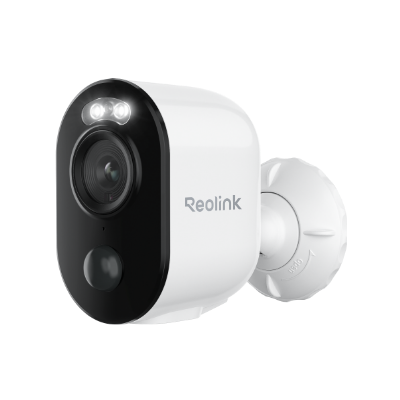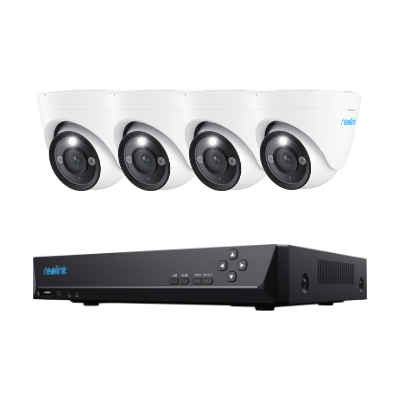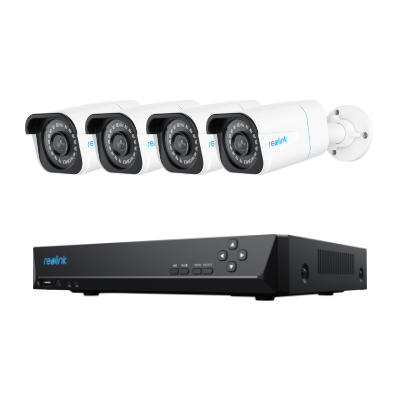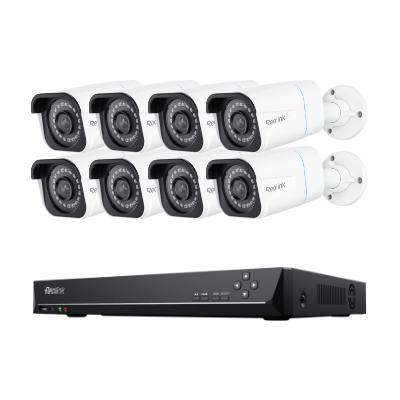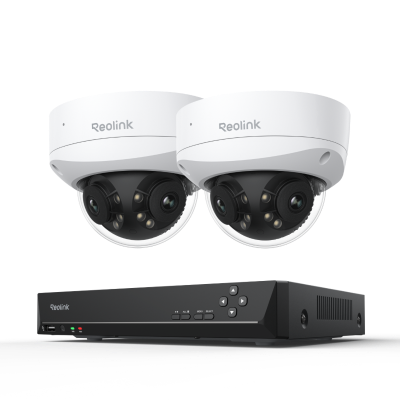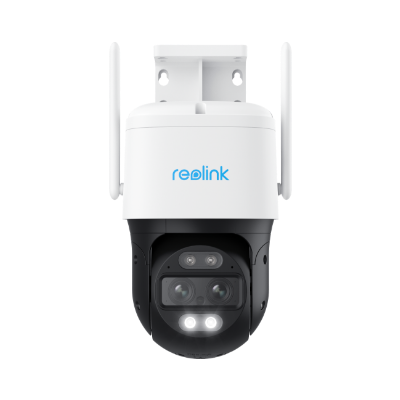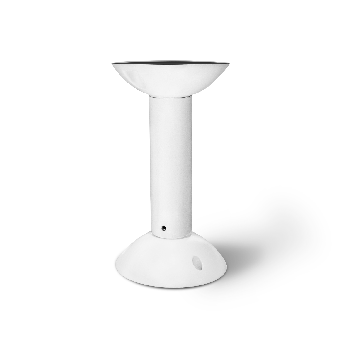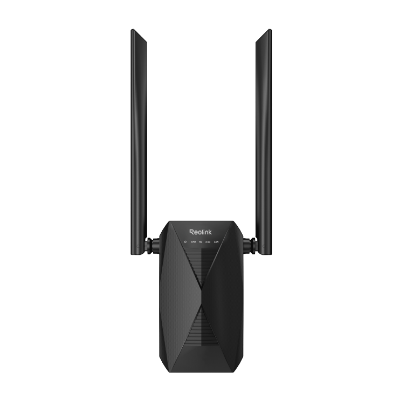Hybrid Cloud vs. Multi-Cloud: Exploring Pros and Cons

Hybrid Cloud and Multi-cloud are transforming how businesses manage data, applications, and services. Hybrid Cloud combines private and public cloud resources for flexibility and efficiency, preserving control over sensitive data while benefiting from public cloud scalability. On the other hand, Multicloud distributes workloads across multiple providers to avoid vendor lock-in and mitigate service outage risks.
In this comprehensive post, we will delve into the intricacies of Hybrid Cloud and Multicloud architectures, exploring their respective pros and cons.
Basic of Hybrid Cloud and Multi-cloud
Hybrid Cloud and Multicloud are two distinct cloud computing strategies that have gained significant prominence in the modern business. Let's explore the fundamental concepts of each approach.
What is the Hybrid cloud?
Hybrid cloud integrates public cloud services, private cloud services, and on-premises infrastructure, providing seamless orchestration, management, and application portability. This results in a unified and flexible computing environment, allowing organizations to run and scale traditional or cloud-native workloads on the most suitable computing model.
The goal of a hybrid cloud is to leverage the benefits of both public and private clouds while meeting specific business requirements, security concerns, and regulatory compliance, ensuring optimized resource utilization and adaptability.
What is the Multi-cloud?
Multi-cloud is a cloud computing strategy where an organization uses services and resources from multiple cloud providers rather than relying on a single cloud vendor. In a Multi-cloud approach, businesses distribute their workloads, applications, and data across different public cloud platforms, allowing them to take advantage of each provider's unique features, capabilities, and pricing models.
The main goal of using a Multi-cloud strategy is to prevent getting stuck with just one cloud provider. Businesses do this by using different cloud vendors, which gives them more freedom and control over their cloud resources.
Hybrid Cloud vs. Multi-cloud: Pros and Cons
When comparing Hybrid Cloud and Multicloud, each approach has its own advantages and disadvantages. To understand them comprehensively, let's delve into the pros and cons of Hybrid Cloud and Multi-cloud.
Hybrid cloud pros and cons
Pros:
- Flexibility: Hybrid cloud allows organizations to efficiently allocate resources between private and public cloud environments, providing the flexibility to adapt to changing demands and workloads. It simplifies the evaluation and structuring of cloud-based IT solutions.
- Scalability: With the hybrid cloud, businesses can quickly scale their IT resources up or down, leveraging the benefits of both on-premises infrastructure and public cloud services to meet varying demands.
- Data security: Hybrid cloud improves system security and reliability by enabling the storage of sensitive information in a private environment. The data is divided among multiple data centers, enhancing protection against physical attacks.
- Innovation and agility: Hybrid cloud fosters innovation and agility by providing access to a wide array of cloud services, enabling organizations to experiment, develop, and deploy new applications and services rapidly.
Cons:
- Latency and performance: The location of data and applications in different cloud environments can lead to latency issues and affect performance, especially for real-time or latency-sensitive applications.
- Complexity: Implementing and managing a hybrid cloud environment can be complex and challenging. Integrating different cloud platforms, on-premises infrastructure and ensuring seamless data and application portability require careful planning and expertise.
- Dependency on the internet: Hybrid cloud heavily relies on internet connectivity. Any disruptions in network connectivity can impact the accessibility and availability of cloud resources.
Muti-cloud pros and cons
Pros:
- Control by yourself: By distributing workloads across different cloud providers, Multicloud reduces the risk of being locked into a single vendor's ecosystem, providing greater freedom and negotiation power.
- Reduce downtime: Using multiple cloud providers reduces downtime, as the entire network won't be affected if one provider experiences an outage.
- Performance optimization: Cloud providers may excel in various areas, such as compute power, storage, or specialized services. Multicloud allows organizations to optimize performance using the best provider for each requirement.
- Lower risk: Multi-cloud deployments lower the risk of disruptions and data unavailability. Businesses use multiple cloud providers to reduce vulnerability to DDoS attacks and SPoF incidents. Distributed and redundant deployment allows seamless failover and recovery. Spreading workloads across various clouds minimizes the risk of critical applications and data becoming unavailable during an outage, ensuring better business continuity and data access.
Cons:
- Complexity: Managing and integrating multiple cloud environments requires expertise handling diverse platforms, APIs, and services.
- Skill requirements: Managing a multi-cloud environment demands a skilled IT team familiar with multiple cloud platforms, potentially requiring additional training and resources.
- Data movement costs: Transferring data between different cloud providers can incur additional costs, especially for large volumes of data, impacting overall expenses.
Hybrid Cloud vs. Multi-cloud: What's the Difference?
In comparing Hybrid Cloud and Multicloud, it is important to identify their unique characteristics and discern how each approach shapes the landscape of cloud computing for businesses. Let's explore.
Hybrid Cloud vs. Multi-cloud: comparison table
Difference between Hybrid cloud and multi-cloud
-
Architecture: In a hybrid cloud environment, both private and public cloud services are combined, with the private cloud resource typically owned and managed by the users. This private aspect is often hosted in-house, on-premises data centers, or dedicated servers in third-party data centers and syncs with public cloud workloads to form a comprehensive business solution.
On the other hand, multi-cloud systems solely utilize public cloud services without the incorporation of private cloud resources. -
Data storage: Hybrid Cloud mixes private and public cloud storage, keeping sensitive data in the private cloud for control and security, and using the public cloud for non-sensitive data to save costs and improve scalability. Multicloud uses multiple public cloud services only, spreading data across providers for better storage efficiency and performance.
-
Cost: A company using a hybrid cloud model may experience higher costs, especially when hosting the private cloud on-premises, which requires purchasing, managing, and maintaining the resource.
In contrast, multi-cloud solutions relying on public cloud resources are more cost-effective, as they eliminate the need for initial spending. Leveraging the purchasing power of public cloud vendors allows multi-cloud users to access cutting-edge technology at a more affordable price. -
Security: One significant advantage of the hybrid cloud is that companies can control physical access to their private cloud hardware, which is particularly valuable in heavily regulated industries. In contrast, multi-cloud solutions do not offer the same control over physical infrastructure access, although they usually implement robust security measures to protect it.
-
Availability: Multi-cloud ensures high availability with reliable public cloud resources, allowing seamless switching between them in case of outages. A hybrid cloud may face downtime if the private resource requires maintenance without a backup resource available.
Hybrid Cloud vs Multi-cloud: Using Scenarios
To determine the most suitable cloud strategy for specific scenarios, it's essential to explore when to utilize Hybrid Cloud and when to opt for Multicloud.
When to use the hybrid cloud?
A business needs cloud flexibility, resources, and services. Still, due to choice or regulatory standards, certain data or workloads must be hosted locally within the organization's on-premises data centers or direct geopolitical control. For instance, while building cloud-native applications and hosting some applications in the public cloud, critical workloads must remain on-site to meet specific requirements.
When to use multi-cloud?
Companies can use services, resources, and cost models from different cloud providers, such as virtual machines and storage from one cloud provider, business applications from different SaaS providers, and AI/ML or language cloud services from others. In this way, they can customize their cloud usage to their specific requirements and leverage the strengths of each provider.
Examples of Hybrid Cloud and Multi-cloud
After knowing using scenarios of Hybrid Cloud and Multicloud, let's see they're using examples.
The example of the hybrid cloud
Netflix uses a hybrid cloud to deliver videos to millions of users. They use AWS for fast streaming and their own content creation and data processing infrastructure. This setup allows them to scale, avoid vendor lock-in, and distribute workloads efficiently.
The example of multi-cloud
An example of multi-cloud usage is a company using AWS for web applications and Microsoft Azure for data analytics and machine learning tasks. They pick AWS for scalability and high availability, and Azure for its data analytics and machine learning features. This way, they get the best of each platform, avoid being tied to one provider, and optimize performance for various parts of their operations.
Hybrid Cloud vs. Multicloud: What's the Similarity?
Indeed, both Hybrid Cloud and Multi-cloud systems leverage public cloud services, which offer significant advantages. So let's see the similarities between Hybrid Cloud and Multicloud.
Inclusion of public cloud services
Hybrid Cloud and Multi-cloud systems incorporate public cloud services as a key infrastructure component. Third-party providers offer public clouds, making computing resources such as virtual machines, storage, and applications accessible over the Internet.
Cost savings and resource efficiency
By utilizing public cloud services in both models, organizations can save on upfront costs associated with purchasing and maintaining expensive IT equipment. Instead, they can adopt a pay-as-you-go model, paying only for the resources they use. This increases resource efficiency, as they can scale up or down resources based on actual needs, optimizing their cloud spending.
Disaster recovery and data backup
Both Hybrid Cloud and Multicloud enable strong disaster recovery and data backup. In Hybrid Cloud, critical data stays on-premises in a secure local environment for quick recovery, while non-critical data is backed up on public clouds. In Multicloud, data is replicated across multiple providers in different regions, enhancing resilience and availability.
FAQs
1. Can a Hybrid Cloud Be a MultiCloud?
A "hybrid multi-cloud" is theoretically possible, involving a private cloud integrated with two or more public clouds simultaneously. However, in practice, the technical challenges of such complex integrations are often not justified, and only large, technically adept enterprises with specific hybrid project needs should consider pursuing this approach.
2. What's the difference between multi-cloud and single-cloud?
Multicloud involves using multiple public cloud providers simultaneously for different workloads, offering flexibility and avoiding vendor lock-in. Workloads are distributed across various clouds, enhancing redundancy and resilience. However, managing multiple providers can introduce complexity.
In contrast, Single Cloud relies on one specific cloud provider for all computing needs, simplifying management but potentially leading to vendor dependence and reduced redundancy. Organizations must carefully consider their requirements and preferences when choosing between the two approaches.
3. Can I use both Hybrid Cloud and Multicloud together?
Some organizations adopt a hybrid approach involving multiple cloud providers (Multicloud) and their private cloud resources. This combination offers even more flexibility and diversification of cloud services.
Conclusion
The cloud computing landscape continues to evolve, and both Hybrid Cloud and Multicloud models offer valuable tools for organizations to harness the full potential of cloud technology. By understanding their strengths and challenges, organizations can make informed decisions to create a resilient, flexible, and future-ready cloud infrastructure.
If you like this article and find it helpful, share it with your friends. Got something to say about Hybrid Cloud and Multicloud? Make sure you leave a comment below!
Search
Subscribe for the Latest Updates
Security insights & offers right into your inbox







































